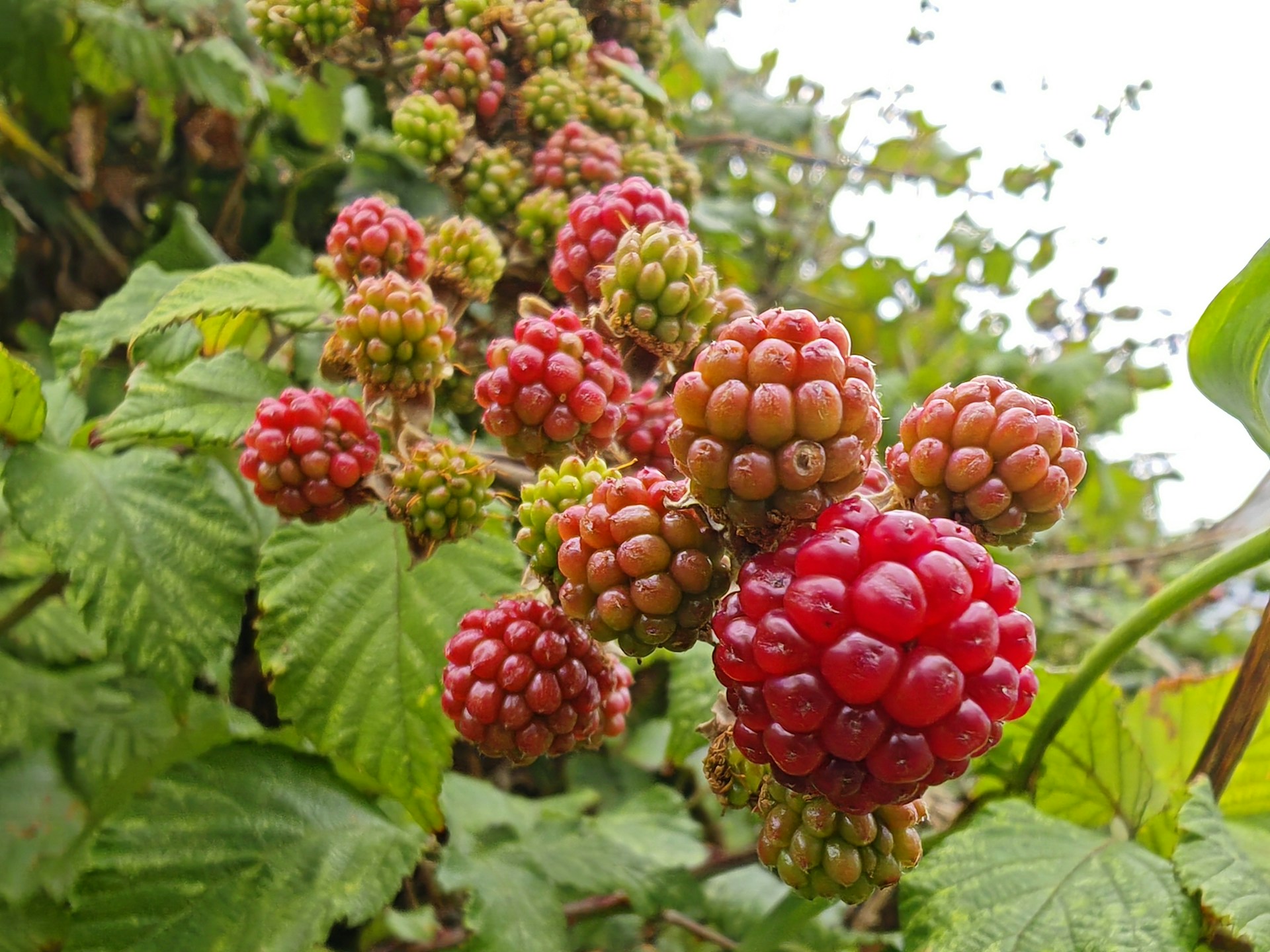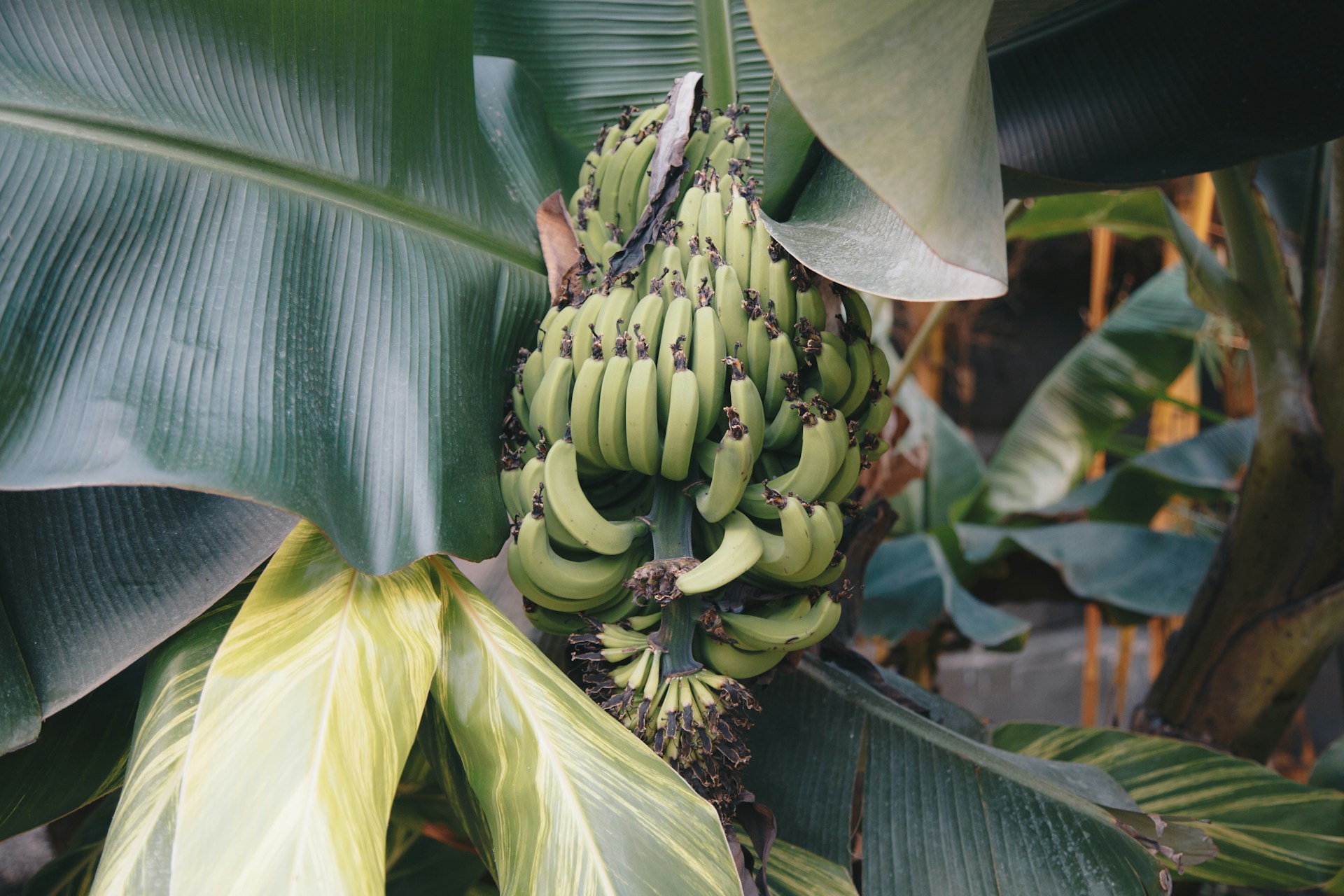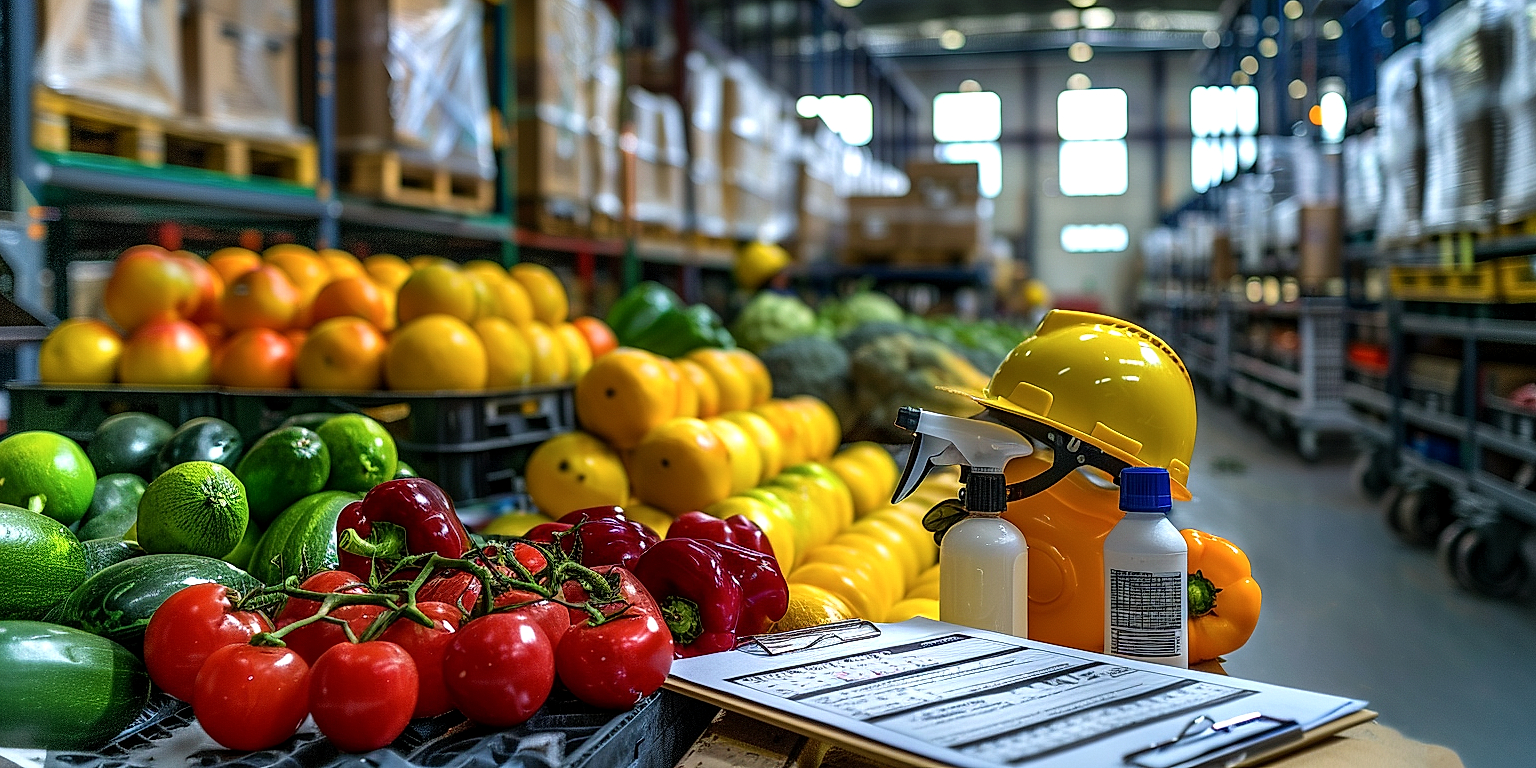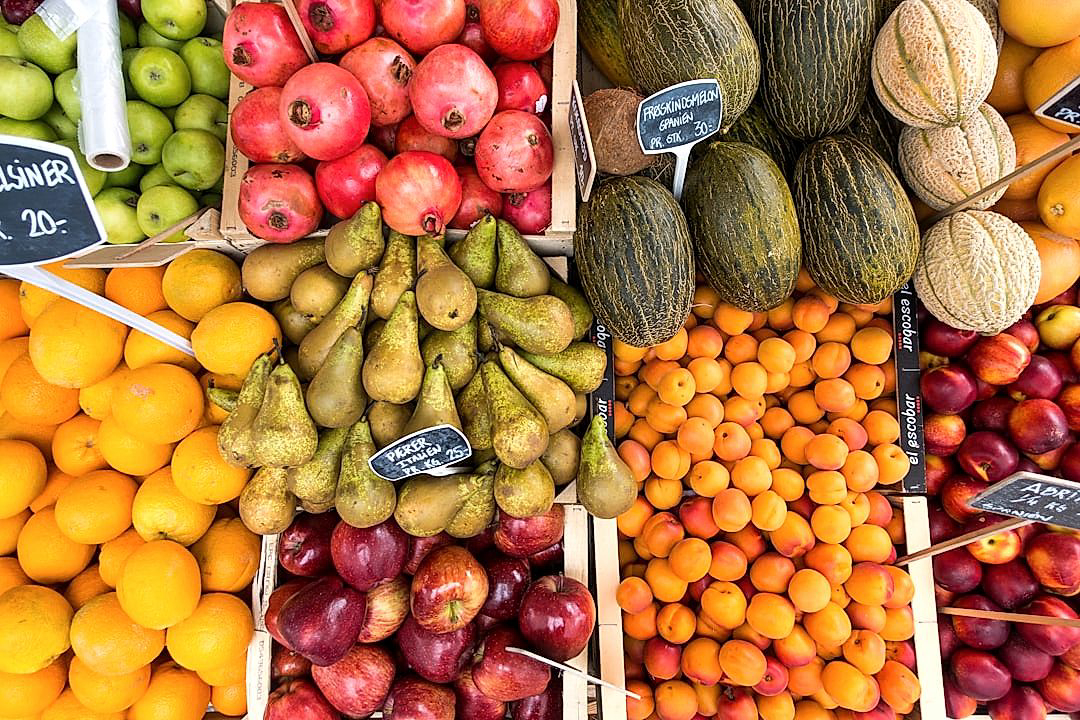In the rapidly evolving world of logistics and supply chain management, technology continues to disrupt traditional methods of operation.
A significant part of this transformation has happened within the realm of produce distribution.
Ensuring safety and quality of produce from farm to table has always been a primary concern for both distributors and consumers.
In recent times, the utilisation of technological tools has become a powerful ally in bolstering this safety.
As the digital revolution advances, one cannot overlook its impact on food safety, integrity and transparency.
Let us delve into an exploration of some innovative tech tools reshaping the produce distribution landscape to optimize safety parameters.
Contents
Tech Tools Boosting Safety In Produce Distribution
1. GPS Tracking for Real-Time Shipment Monitoring
GPS Tracking has revolutionized the way produce distribution is being managed by ensuring safety and timely delivery of goods.
With the advent of GPS tracking, producers can monitor the real-time location of their shipments and make sure that the items are on the right track.
The ability to track the progress of their products in transit helps reduce the instances of lost goods and hence raises efficiency in distribution.
More importantly, GPS tracking also provides valuable information regarding potential logistical issues and disruptions on the expected delivery route.
The value of such real-time and in-depth visibility into the distribution process cannot be underestimated in maintaining the safety and quality of produce goods.For instance, if there are road closures or traffic congestions, the GPS system can provide alternative routes to avoid unnecessary delays and ensure freshness of the produce upon arrival.
Notably, GPS tracking also enhances the traceability and accountability of the goods in the supply chain, which is critical in the case of a food safety concern or recall.
This technology primarily aims to minimize errors and maximize the efficiency of produce distribution.
Moreover, GPS tracking also plays an essential role in building customer trust as customers can also track the whereabouts of their ordered items thus ensuring they receive fresh produce.
Aside, GPS technology also aids in reducing fuel consumption and optimizing routes, resulting in both economic and environmental benefits.
Additionally, the data collected through a GPS system can be used to make informed decisions for future transportation and distributing routes.
For instance, if a particular route consistently causes delays, the distributor can modify the route plan based on GPS data.
Given these aspects, the critical role of GPS tracking in ensuring effective and safer distribution of produce is undeniable.
Therefore, adopting and implementing GPS tracking system in produce distribution is a proactive approach toward enhancing safety and efficiency in the supply chain.
In a nutshell, the integration of GPS tracking system in produce distribution is not just about real-time location tracking, but it significantly contributes to the overall safety and integrity of the produce supply chain.
2. IoT Sensors for Temperature and Humidity Control
In the complex process of produce distribution, ensuring the preservation of fresh goods is paramount. As a result, one of the breakthrough tech tools that is enhancing safety in this space is IoT sensors for temperature and humidity control.
These smart sensors are a part of the larger suite of internet-driven technologies that make up the Internet of Things (IoT).
IoT sensors are specifically designed to provide real-time data on the state of the environment in which goods are stored. This includes parameters such as temperature and relative humidity.
Temperature control is pivotal when it comes to transporting perishable items. Food items, fresh produce in particular, require specific temperature ranges to delay decomposition and maintain quality.
IoT sensors enable the constant monitoring of these parameters and trigger alerts when the values breach pre-set thresholds, thus ensuring optimal conditions for the preservation of goods.
This data-driven system helps to mitigate the risks of product spoilage, maintains the integrity of goods while in transit, and boosts safety by ensuring consumers receive fresh and uncontaminated produce.
Similarly, a correct humidity level is vital within a storage or transportation environment. Too much moisture can lead to product deterioration due to mold growth, while too little can cause dehydration of the produce.
IoT sensors can predict these fluctuations and alert the necessary personnel to maintain optimal conditions, thereby enhancing the safety of the produce.
Besides providing immediate alarms, these sensors also collect data over time, helping distributors to monitor trends and make forecasts.
This pooled information can facilitate better decision making, improve logistics efficiency, and ultimately contribute to cost savings.
To summarize, IoT sensors provide a reliable, real-time tracking system that enhances the safety measures in produce distribution.
They add a layer of security in ensuring that optimal storage conditions are maintained throughout the distribution process, thereby reducing the likelihood of damage to goods.
Moreover, they help retain product freshness, which is equally crucial in guaranteeing consumer safety and satisfaction.
The use of IoT in temperature and humidity control has proven to be a game-changer in the produce distribution industry, paving the way for safer and more efficient operations.
For these reasons, more and more distributors are adopting this technology, demonstrating how tech tools are not only boosting safety in produce distribution but also redefining standard operating procedures within the industry.
3. Blockchain Technology for Supply Chain Transparency
In the world of modern technology, one of the most transformative and promising innovations for boosting safety in the distribution of produce is the use of Blockchain technology.
This cutting-edge technology is essentially a digital, decentralized ledger where transactions are recorded in real-time and across multiple computers so that any involved record cannot be altered retroactively without the alteration of all subsequent blocks.
Blockchain brings a revolutionary change in ensuring the safety and integrity of our food system, by enhancing transparency within the food supply and distribution chains.
In the vast web of global trade, Blockchain technology can ensure the integrity and transparency of the supply chain by providing verifiable and immutable data on every product’s provenance and handling history.This is incredibly crucial in the case of food safety, as the introduction of transparency and traceability in the supply chain can lead to the quicker identification of food safety issues.
For instance, in the event of a foodborne disease outbreak or product recall, blockchain data can greatly accelerate and refine the procedure of tracking down the sources of contamination or recall.
With the use of Blockchain technology, each step in food production and distribution can be recorded and verified, from the farm to the grocery store shelf.
This means that all the participants in the supply chain—farmers, processors, distributors, retailers, regulators, and consumers—can have the assurance of the quality and safety of the food products.
By storing data in an unalterable format, Blockchain also inhibits fraudulent activities in the food supply chain by ensuring that producers, manufacturers, and distributors adhere stringently to safety standards and regulations.
Food and vegetables that have been organically grown, for example, can be verified and tracked throughout the entire supply chain.
Similarly, the use of unethical practices in food production, such as trafficking or violation of labor laws, can be monitored and prevented through Blockchain’s real-time monitoring features.
Furthermore, Blockchain also ensures consumer empowerment as it grants them access to reliable information about the products they consume.
By scanning a QR code on the package, consumers can get immediate, transparent, and trustworthy information about the product’s cultivation, processing, and transportation journey.
In the increasingly conscious consumption trend, blockchain’s transparent and unchangeable record of a product’s journey from farm to market can help build and reinforce trust between consumers and producers.
Finally, Blockchain technology greatly benefits the environment as it helps to prevent food waste and loss by improving the efficiency of the supply chain and ensuring perishable products reach the market in time.
To conclude, adoption of Blockchain technology in produce distribution can dramatically improve transparency, trust, and safety in our food supply system while simultaneously enabling ethical and sustainable food production and distribution practices.
4. AI-based Quality Control Systems
When discussing safety in produce distribution, AI-based quality control systems are indispensable.
These systems are powered by Artificial Intelligence, which allows for more precise and accurate monitoring of the produce during its journey.
For instance, AI can be programmed to recognize different type of flaws in fruits and vegetables during packing and sorting.
By utilizing cutting-edge AI technologies, these quality control systems have the ability to inspect every piece of produce individually, identifying any imperfections or signs of spoilage, thereby ensuring that only the highest quality produce reaches the end consumer.
AI-based system is not only capable of identifying visual flaws, its precision goes beyond what the human eye can capture and can identify inconsistencies in taste or texture by using specialized sensors.
This level of inspection ensures that the produce maintains its optimum quality through all stages of distribution.
Thus, the produce reaching the end consumer is always of premium quality.
Besides, the use of AI greatly reduces the need for manual inspection, thereby minimizing the potential for human error.
Through advanced learning algorithms, these AI systems continuously improve their detection and classification abilities, becoming more efficient with each operation.
Moreover, AI-based quality control systems can easily integrate with other technological tools used in produce distribution like GPS tracking and IoT sensors.
This integration creates an inter-connected, intelligent system that boosts safety and guarantees quality in produce distribution.
Using predictive analysis, these AI systems can even forecast potential quality issues before they occur, thus enabling proactive measures.
Such proactive approaches not only ensure produce quality but also minimize waste, making the distribution process more sustainable.
It is clear that with the infusion of Artificial Intelligence, quality control in produce distribution has been revolutionized, making it a crucial aspect in ensuring safety in the process.
Innovation and continuous improvement in these AI technologies promise to bring about even greater safety and efficiency in the distribution of produce in the future.
5. Smart Packaging for Freshness Tracking
The advent of smart packaging in the produce distribution industry has greatly enhanced both safety and quality control.
One way this is achieved is through the use of indicators, including freshness and time-temperature indicators.
These sensors continuously monitor the condition of the produce, noting any significant changes in temperature or other conditions that may affect the freshness of the product.
A unique aspect of this technology is its ability to provide real-time data on the product’s status.
In essence, smart packaging acts as a ‘guardian’ of produce, ensuring that goods reach their destination in optimum condition.
This technology is especially useful in the transportation of perishable goods, where maintaining a consistent temperature is crucial for freshness.
In the event that the produce’s freshness is compromised, the smart packaging system alerts the relevant parties, ensuring that corrective measures are implemented promptly.
Furthermore, these innovative packaging solutions even have the ability to keep the produce fresh for longer periods, reducing waste and increasing efficiency in the supply chain.
This is achieved by packaging materials that control the internal environment, including humidity and gas composition, effectively prolonging the shelf-life of the produce.
Besides ensuring freshness, smart packaging has another significant advantage; it enhances the traceability of the produce.
By integrating Radio Frequency Identification (RFID) and Quick Response (QR) codes on the packaging, distributors can easily track and trace the origination and journey of the products.
These high-tech features help to prevent counterfeit or contaminated products from entering the market, making smart packaging a powerful tool in ensuring food safety.
They also boost consumer confidence as buyers can authenticate the product and gain insight into its history.
The use of smart packaging technology is growing rapidly. It is estimated that the global smart packaging market will reach a staggering $39.7 billion by 2020, demonstrating the high demand and reliance on these innovative solutions.
As technology continues to evolve, it is expected that these smart packaging solutions will become more advanced, offering even greater advantages for produce distribution.
In the future, we might see packaging that can even communicate with refrigeration systems to adjust storage conditions automatically, maximizing freshness and safety even more.
Overall, smart packaging technology is reshaping the produce distribution industry, translating into advantages for everyone, from the farmers, distributors, to the end consumers.
The Bottom Line
Harnessing technology is evidently fundamental in the modern logistics and supply chain landscape.
GPS tracking enhances real-time shipment monitoring, giving operators unprecedented visibility and control.
IoT sensors help regulate temperature and humidity, ensuring goods are stored under optimal conditions, enhancing product integrity.
Blockchain technology brings about much-needed transparency and trust to supply chain operations, fostering accountability among all parties.
AI-powered quality control systems guarantee product excellence and consistency while allowing for predictive maintenance and error detection.
Lastly, smart packaging technology augments product freshness tracking which is vital for perishable goods.
The integration of these technological advancements can remarkably streamline operations, cut down costs, and improve overall productivity in supply chains.




